Another week, another fun fact about Japan’s declining birthrate and aging population to startle and amuse us. Japan has now recorded a full decade where sales of adult diapers outstripped those of baby diapers. Thanks to the surfeit of geriatric incontinents, one well-known manufacturer, Oji Holdings, has made headlines by giving up on tots entirely and announcing it will shift its production to diapers for seniors instead.
It is a reasonable business decision by the company. There just aren’t enough babies. Indeed, children under the age of fifteen made up less than 12 percent percent of the country’s population in 2022, while those aged sixty-five and over constituted almost 30 percent.
The Japanese take whatever challenges present themselves in their stride
As for the very old, Oji’s new target market, Shakespeare’s seventh stage (“second childishness… sans teeth, sans eyes” etc), can last for decades in Japan. The country has over 90,000 centenarians, enough to fill Wembley Stadium. What a gig that would be.
If this all sounds depressing, that is not really how the issue is presented here. The Japanese like and respect the old so don’t automatically view more of them as a disaster. Which is not to say that the serious demographic challenges aren’t reported or understood (Prime Minister Fumio Kishida once labeled it an “existential crisis”). It’s just that going on about it endlessly, in a doom-laden tone, rather than quietly making changes to accommodate, ameliorate and even exploit the new reality is more the Japanese way.
The problem is being tackled by the business community through a dynamic marketplace and smart innovation. Oji Holdings’s attention-grabbing product switch is not exceptional. Across the Japanese economy manufacturers are retooling to accommodate the older customer base and chase the “gray yen.” And why wouldn’t they? According to the Asia Nikkei newspaper, the Japanese elderly outspend the young and account for nearly 40 percent of all personal consumption, almost double their share from 2002.
The sectors where this is most noticeable are healthcare and sanitation/lifestyle. Daytime TV commercial breaks are now dominated with ads for vitamins and supplements, energy drinks, teeth whitening, feet warming and discrete hairpieces for ladies. Many of these products bear the exciting hallmark of “shin hatsubai” (new products) — always a winner with the endlessly curious Japanese.
There is great faith in the potential of electronic products for the elderly. Fujitsu has sold 20 million of its Raku Raku and Anshin (relief) smartphones, which have large buttons and simplified functions. New wonders are appearing all the time such as artificial intelligence wheelchairs and electronic tracking devices attached to wandering dementia sufferers and monitored via an app.
Everything is becoming “smart” — as the customer base becomes less so. Increasingly popular are household appliances which speak to you, gently and reassuringly. My bath tells me when it’s full (in honorific Japanese). I still feel like replying sometimes.
Then there is the ever fascinating if slightly bizarre world of the Japanese hi-tech toilet. Here, a NASA-level of technological expertise, Shinto-inspired ideas of purity and cleanliness, and the traditional business ethic of “kaizen” (constant improvement) are aligned to facilitate our experiences in the smallest room. This was showcased in the recent film Perfect Days, which features the daily routine and meticulous working style of a cleaner of a collection of high tech public conveniences.
Many of the most advanced toilets come from TOTO, the leading manufacturer, and are clearly aimed at the elderly. Along with the now almost standard seat warming, seat raising (thanks to motion sensors) and self-cleaning facilities, their top “intelligent” models now feature what appears to be a slow working ejector seat to gently propel Granny or Grandpa to an upright position (suitable for all except sumo wrestlers apparently).
Not everything has worked, though, and one area that hasn’t quite yielded the expected benefits is care robots. There has been a huge investment ($300 million over the last twenty years) to deal with the huge increase in the elderly requiring care. But they haven’t earned their keep and, according to Robots Won’t Save Japan author James Wright, have actually added to carers’ workloads.
The more prosaic solution of loosening immigration rules to admit more immigrants has been chosen by the government. However, Wright acknowledges that cute little robots like Hug and Peppa have helped to “project and maintain an image of a techno-orientalist future” that at least inspires the Japanese to believe their elderly care issues can be solved.
In other words, keep calm and carry on. The Japanese, as David Pilling observed in his study of the nation’s resilience, Bending Adversity, take whatever challenges present themselves in their stride. It is an admirable national trait borne of long experience of numerous random disasters. Had Oji Holdings been a Western company, faced with a major shift in its marketing and production strategy, you wonder whether they would have made the switch so adroitly.
This article was originally published on The Spectator’s UK website.



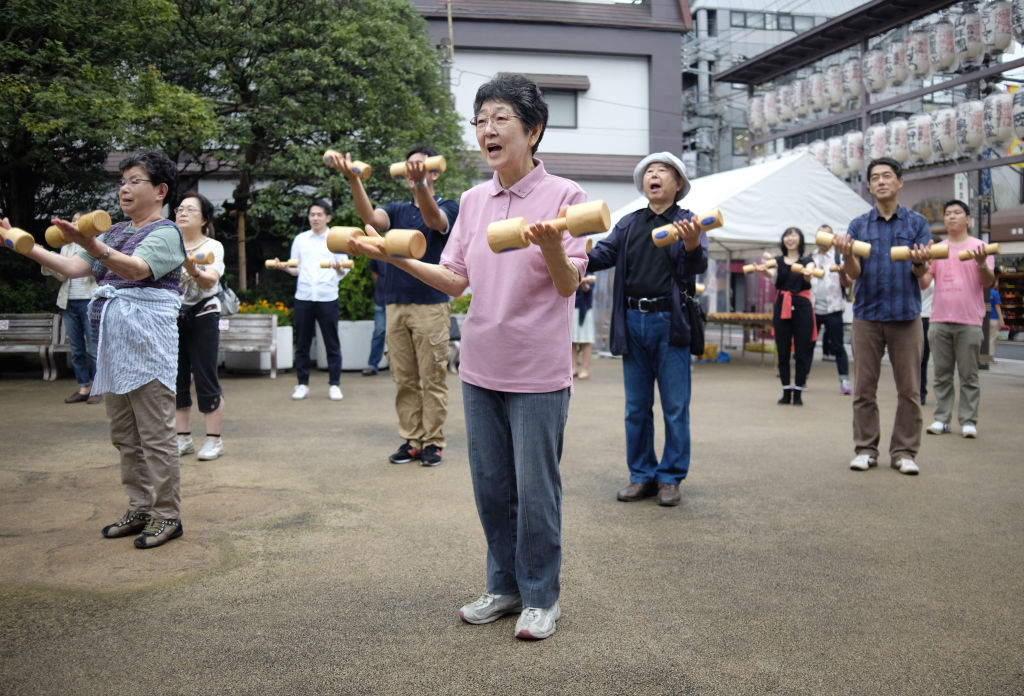








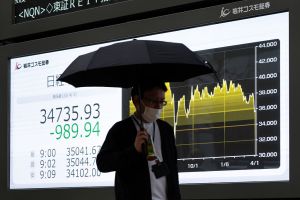
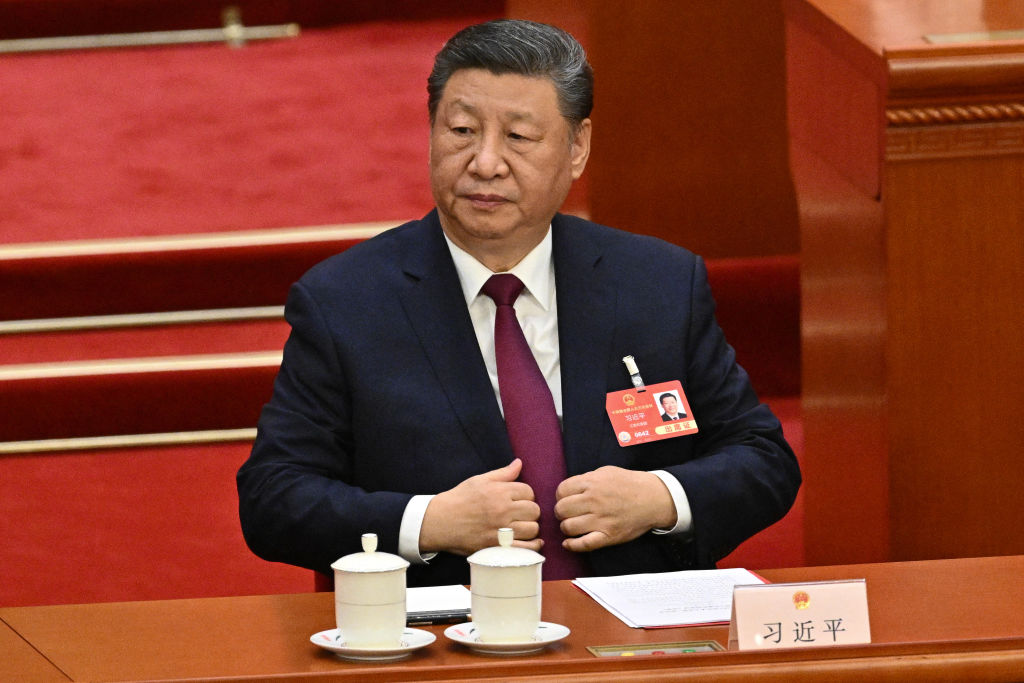
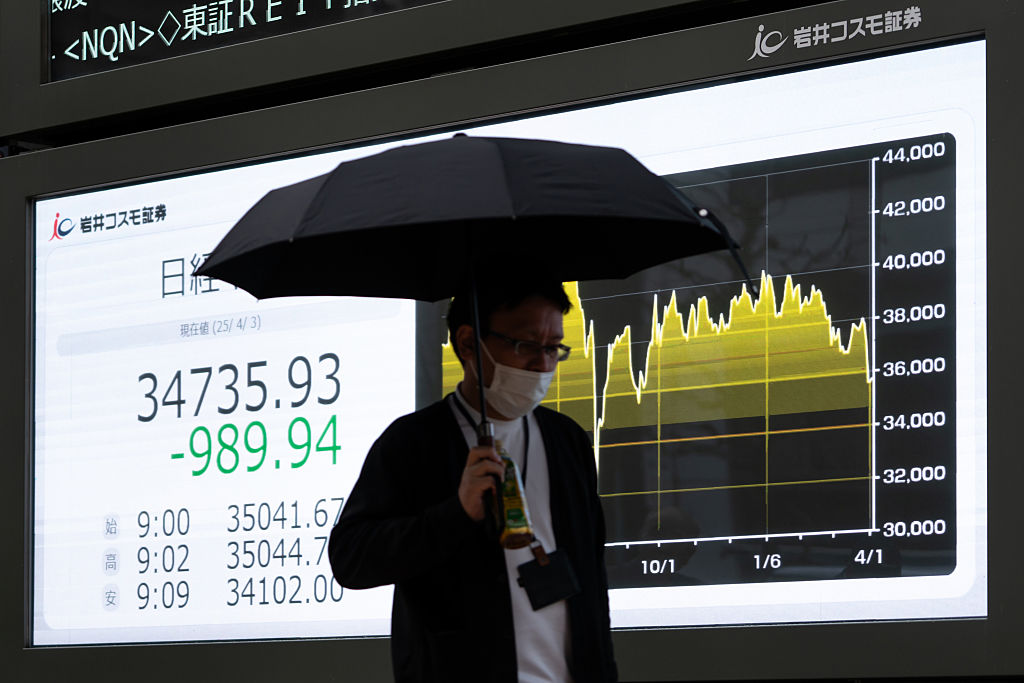
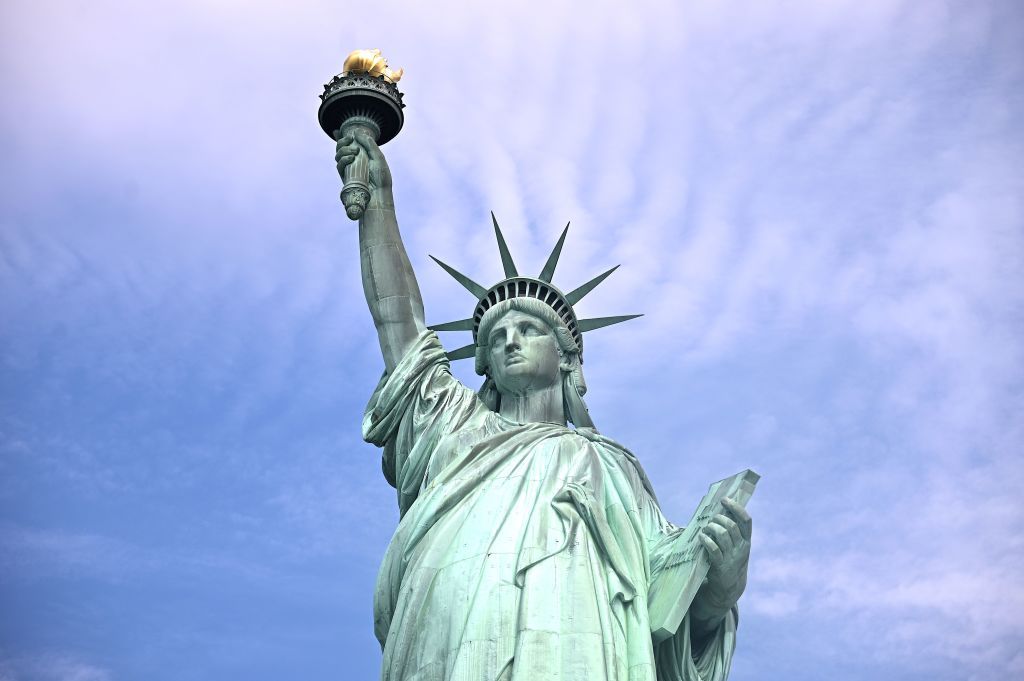
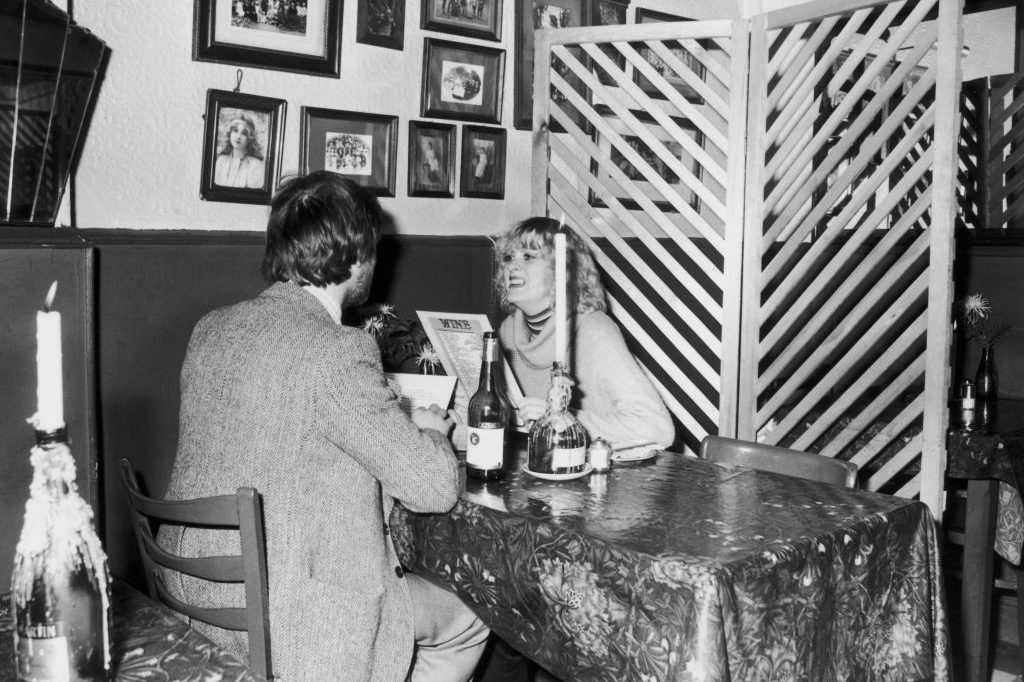









Leave a Reply